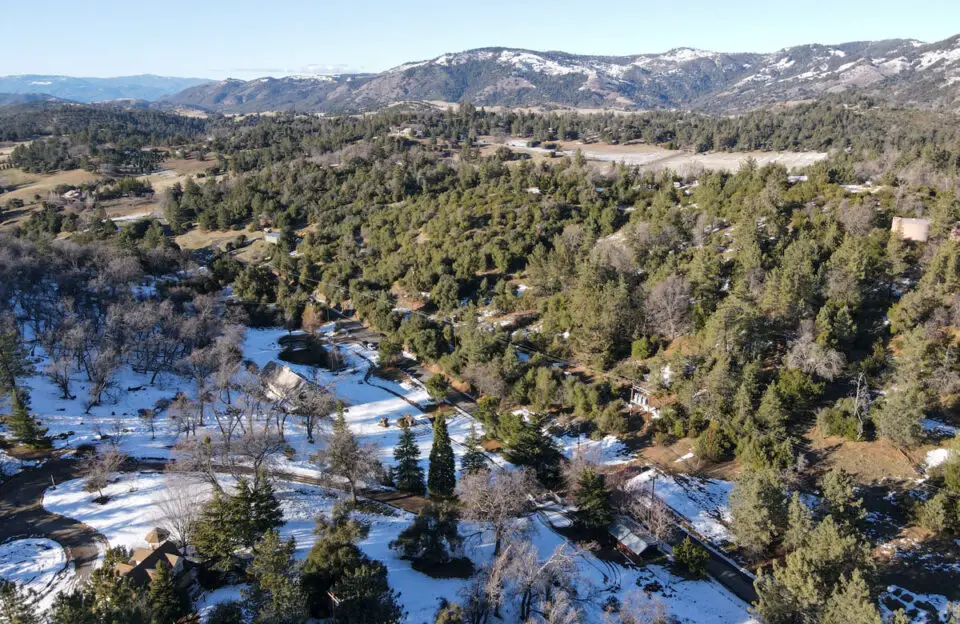REGION — Even with record snowfall this winter in California, a study released today by researchers at UC San Diego’s Scripps Institution of Oceanography found the state should expect declining snowfalls punctuated with high-volume snow events.
An analysis by Tamara Shulgina, Alexander Gershunov and other climate scientists at Scripps for Thursday’s edition of the journal Climate Dynamics suggests that in the face of global warming, the snowlines marking where rainfall turns to snow have been rising significantly over the past 70 years.
Projections are dire, with trending snowlines rising hundreds of meters by the second half of the 21st century, researchers said.
As an example, in the report, in the high Southern Sierra Nevada range, snowlines are projected to rise by more than 500 meters — or 1,600 feet — and even more when the mountains get precipitation from atmospheric rivers — jets of water vapor that represent a growing percentage of California’s water supply.
“In an average year, the snowpack will be increasingly confined to the peak of winter and to the highest elevations,” the study says.
As a result, the authors said the data suggest water resource managers will “need to adapt to a feast-or-famine future.” California’s water supply will arrive less through the gradual melt of mountain snowpack and more via bursts of rain and runoff delivered by atmospheric rivers — which will complicate the state’s flooding and water management infrastructure.
“This work adds insight into the climate change narrative of more rain and less snow,” said California Department of Water Resources Climatologist Mike Anderson. “DWR appreciates our partnership with Scripps to help water managers develop, refine, and implement adaptation efforts as the world continues to warm and climate change impacts are realized.”
The study was funded by the U.S. Bureau of Reclamation and the DWR.
“This is the longest and most detailed account of snow accumulation in California, resolving individual storms over 70 years of observed weather combined with projections out to 2100,” Gershunov said.
Besides the agricultural, flooding and drought implications of this projected trend, the lack of snowpack will obviously impact ski resorts and snow recreation across the state.
The researchers write that Mammoth Mountain — at an elevation between 2,400 and 3,300 meters — is projected to receive 28% less snowfall in the latter half of the century. Lower-elevation ski resorts such as Palisades and Northstar are projected to lose more than 70% of their snow accumulation in an average winter.
“Observations and future climate projections show that already rising snowlines will keep lifting,” said Gershunov. “Epic winters will still be possible, though, and unprecedented snowfalls will ironically become more likely due to wetter atmospheric rivers, but they will be increasingly confined to the peak of winter and to the highest elevations of the Southern Sierra Nevada.”



